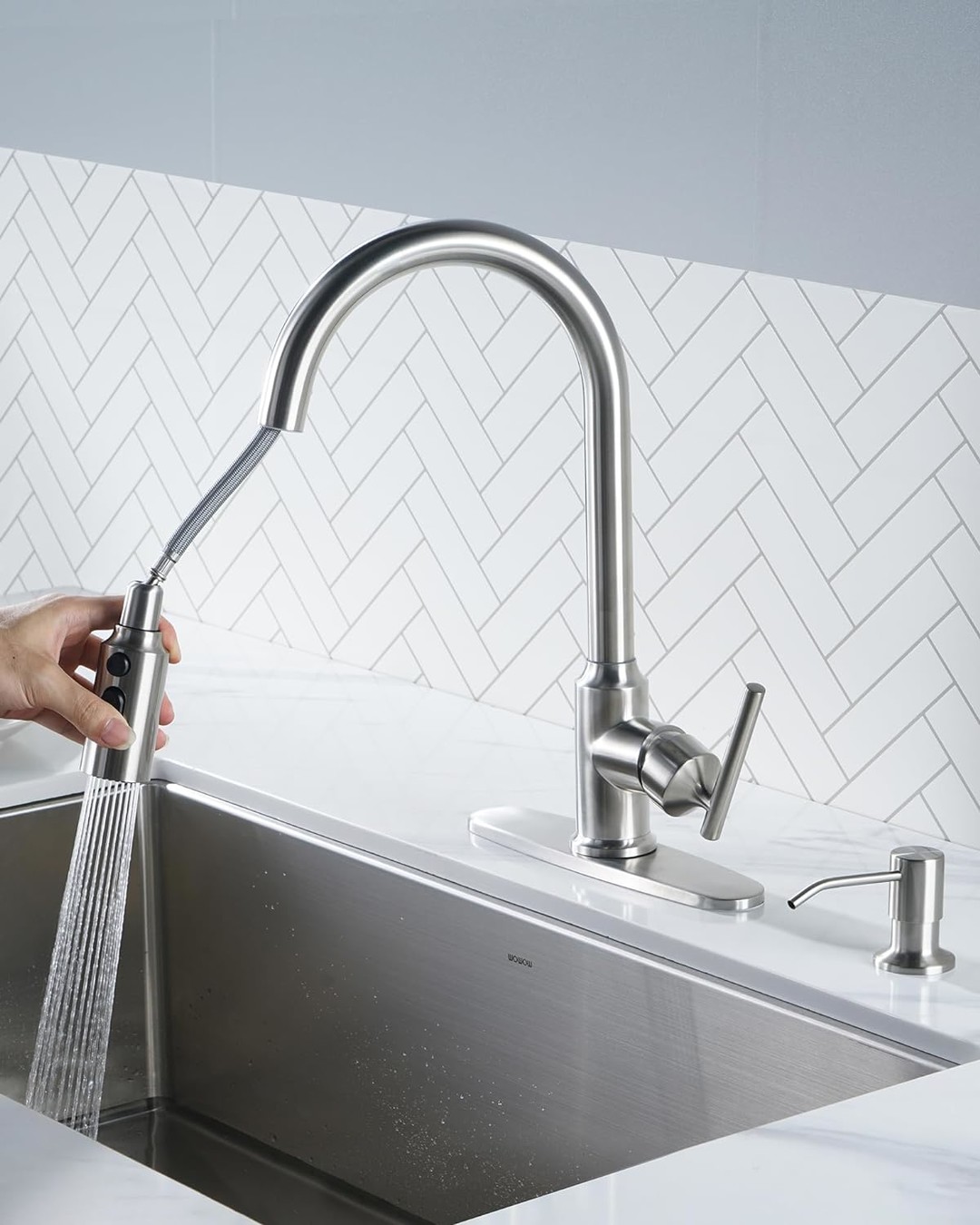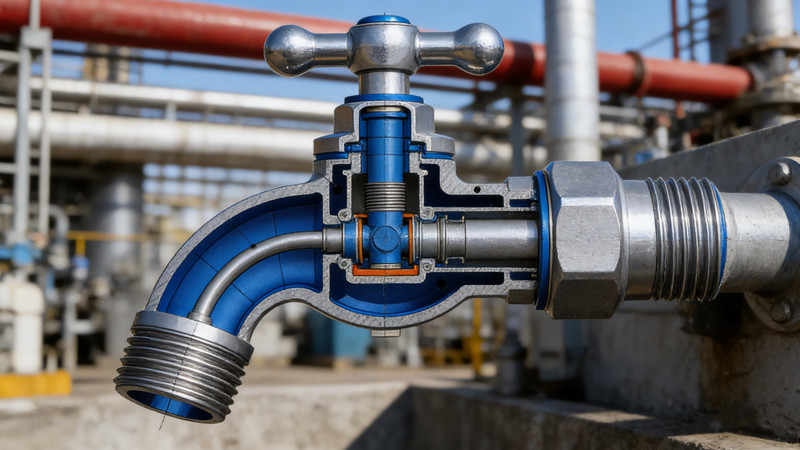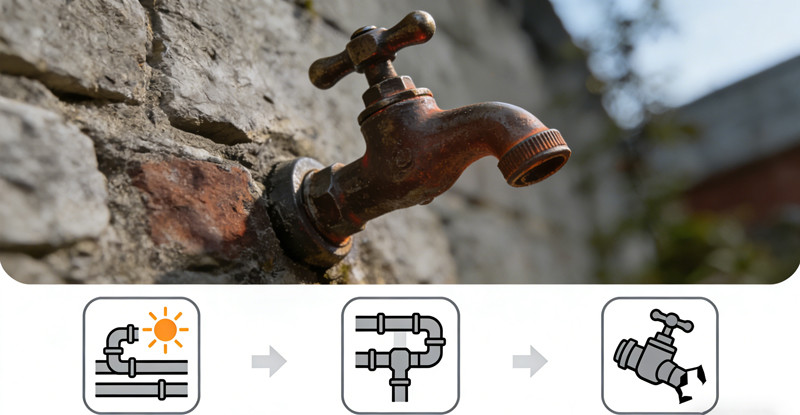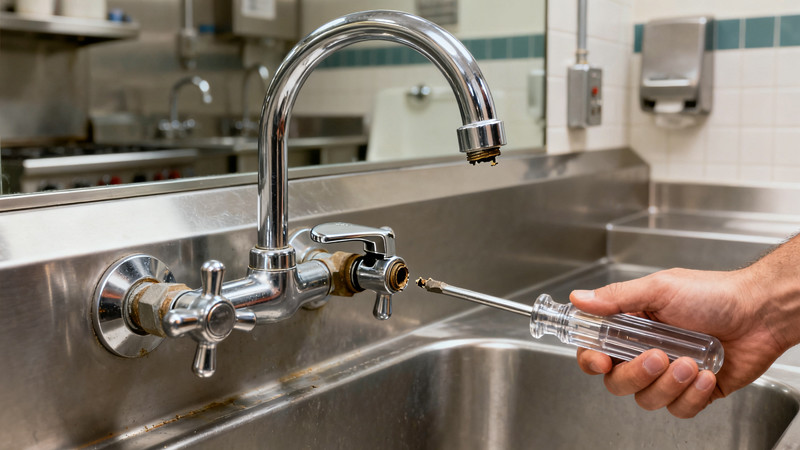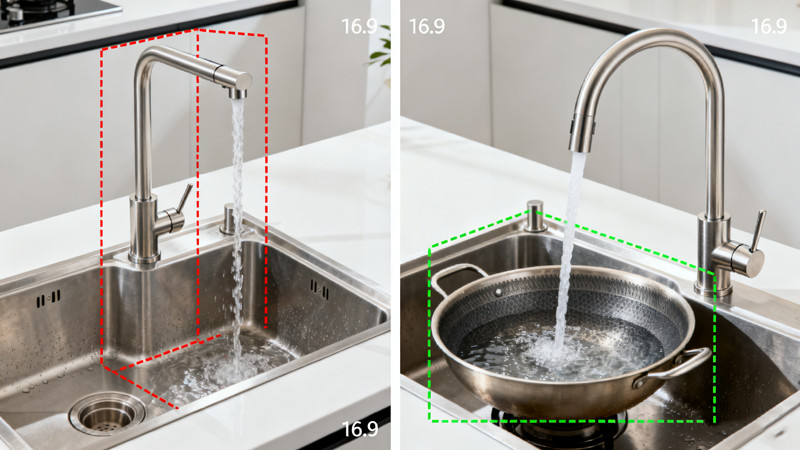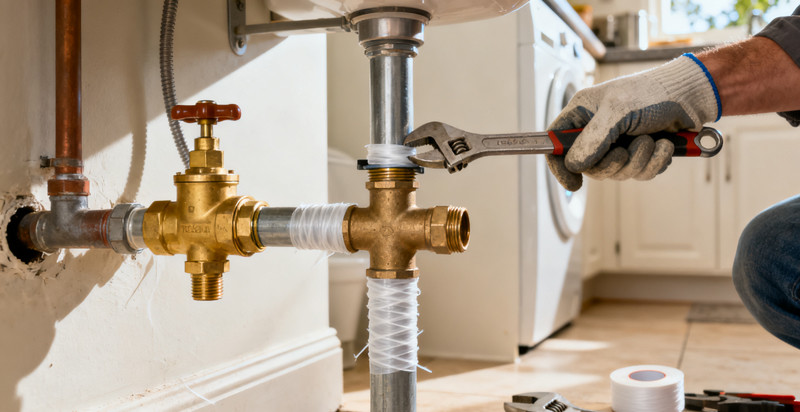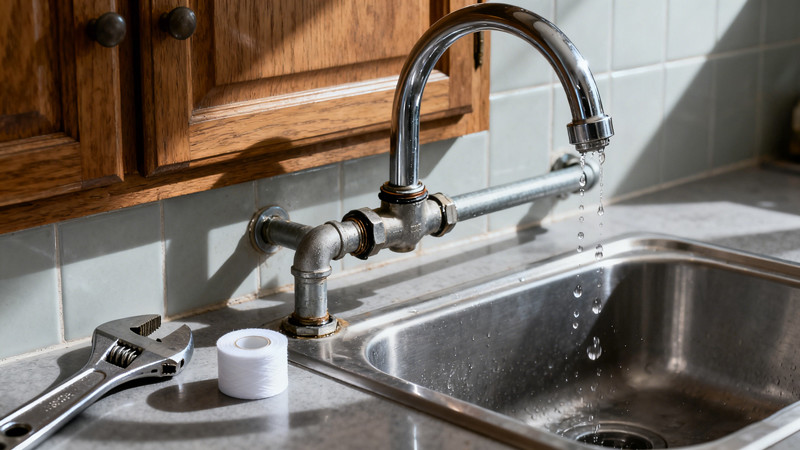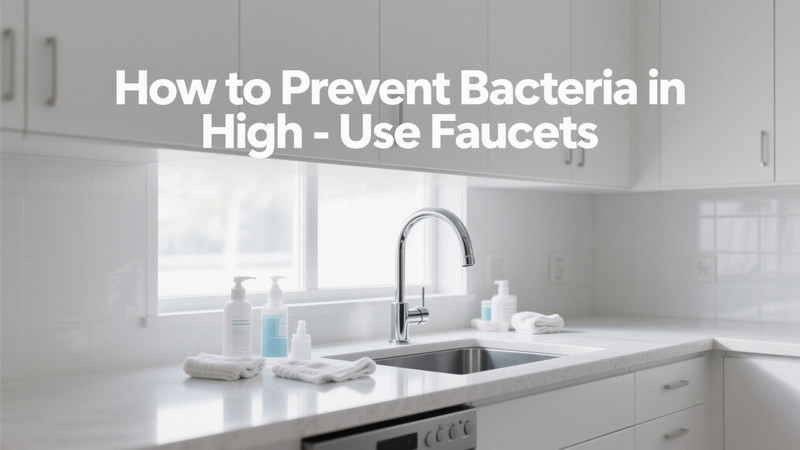
Faucets are among the most frequently touched surfaces in high-traffic areas, especially in public restrooms, healthcare facilities, schools, and commercial kitchens. With hundreds or even thousands of touches each day, they become a prime location for the buildup of bacteria, mold, and even biofilm. If not properly maintained, faucets can become a health hazard, potentially spreading bacteria like E. coli, Legionella, or Pseudomonas aeruginosa through both surface contact and water output.
Fortunately, there are practical steps you can take to prevent bacterial buildup in high-use faucets. Whether you’re a facility manager, business owner, or just someone concerned about hygiene, this guide will help you reduce risks and ensure cleaner, safer water for everyone.
Why Do Faucets Harbor Bacteria?
Faucets, especially those in high-use environments, are exposed to a wide variety of bacteria from hands, cleaning cloths, airborne particles, and the water itself. Bacteria can thrive in:
- Moisture-rich environments, like the aerator or inside the faucet spout.
- Standing water, especially in rarely-used fixtures.
- Biofilm, a sticky layer where bacteria colonize and become resistant to cleaning.
- Touchpoints, such as handles, knobs, or buttons.
In commercial and healthcare settings, bacterial contamination can pose serious health risks, leading to the spread of illnesses or cross-contamination. Even in homes, neglected faucets can compromise water quality and hygiene.
1. Choose the Right Faucet Materials
Not all faucets are created equal when it comes to hygiene. Some materials naturally resist bacterial growth more effectively than others.
Recommended materials:
- Stainless steel: Durable and resistant to rust and corrosion.
- Copper or brass alloys: Naturally antimicrobial, killing bacteria on contact.
- Non-porous surfaces: Easier to clean and less likely to harbor bacteria.
When selecting faucets for high-use areas, opt for designs with minimal crevices, joints, or decorative grooves where moisture and bacteria can accumulate.
2. Install Touchless or Sensor-Activated Faucets
Touchless faucets have become increasingly popular—and for good reason. By eliminating the need to touch handles, you reduce the risk of transferring bacteria from hands to the fixture and vice versa.
Benefits of touchless faucets:
- Minimize surface contact and contamination.
- Encourage proper hand hygiene.
- Reduce water waste with automatic shutoff.
In commercial or public settings, sensor-activated faucets are a worthwhile investment for hygiene, accessibility, and water conservation.
3. Clean Aerators Regularly
The aerator—a small screen that mixes air into the water stream—is one of the most overlooked parts of a faucet. Over time, mineral buildup, dirt, and bacteria can accumulate inside.
To clean aerators:
- Unscrew and remove the aerator every 1–2 weeks.
- Soak it in a vinegar solution to dissolve mineral deposits.
- Scrub with a toothbrush, rinse, and reattach.
- Replace the aerator if buildup becomes stubborn or recurring.
For high-use faucets, particularly in healthcare or food service environments, cleaning the aerator should be part of routine maintenance.
4. Disinfect Surfaces Frequently
Cleaning alone is not enough—disinfection is critical to killing bacteria.
Tips for disinfection:
- Use EPA-registered disinfectants safe for use on metal.
- Focus on high-touch points like handles, spouts, and buttons.
- Disinfect multiple times per day in commercial settings.
- Dry the surface completely to avoid moisture buildup.
Avoid harsh chemicals like bleach on certain faucet finishes unless recommended by the manufacturer, as they may cause corrosion.
5. Monitor and Maintain Water Temperature
Bacteria like Legionella thrive in stagnant, lukewarm water (77–113°F / 25–45°C). One effective prevention method is to keep hot water storage above 140°F (60°C) and deliver hot water at no less than 122°F (50°C) to tap points.
Caution: Always use anti-scald valves or tempering valves to avoid burns.
Regular flushing of faucets—especially those not used daily—also helps prevent bacterial growth in pipes and at the tap.
6. Flush and Sanitize Infrequently High-Use Faucets
Even in high-use buildings, some faucets (e.g., in conference rooms, outdoor areas, or mop sinks) may sit idle for days or weeks. These dormant faucets can harbor standing water, which becomes a breeding ground for biofilm and bacteria.
To prevent issues:
- Establish a weekly flushing schedule.
- Run water for at least 1–2 minutes.
- Consider shock chlorination or thermal disinfection for long-idle systems.
- Install auto-flush systems for remote or rarely accessed faucets.
7. Schedule Regular Professional Inspections
Even with the best practices, hidden plumbing issues or worn-out components can contribute to bacteria buildup. Regular inspections by a licensed plumber or maintenance professional are essential.
They can:
- Test for waterborne bacteria.
- Check pipe insulation and water temperature consistency.
- Recommend upgrades to improve hygiene and water quality.
8. Train Staff on Hygiene Protocols
In commercial, healthcare, and educational environments, faucet hygiene isn’t just the maintenance team’s job—it’s a shared responsibility. Train your staff or users to:
- Wash hands thoroughly before and after use.
- Avoid touching faucet spouts directly.
- Report any leaks, discoloration, or foul odors immediately.
Awareness and proactive behavior can make a major difference in preventing contamination.
Final Thoughts
Preventing bacteria in high-used faucets requires more than occasional cleaning—it demands a strategic, layered approach that includes smart fixture choices, regular disinfection, system maintenance, and user education.
Whether you manage a hospital, school, restaurant, or office building, staying ahead of bacterial buildup keeps your water safe, your users healthy, and your facility in compliance with hygiene standards.
Investing in faucet hygiene isn’t just about preventing germs—it’s about protecting people.
 WOWOW Faucets
WOWOW Faucets